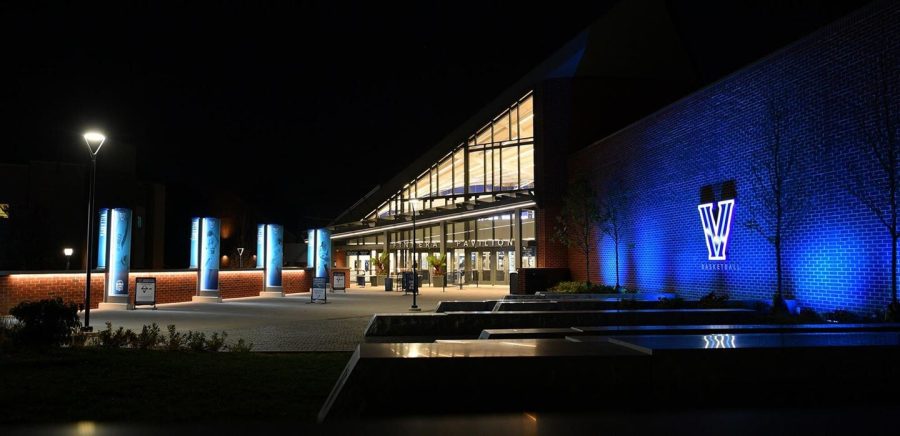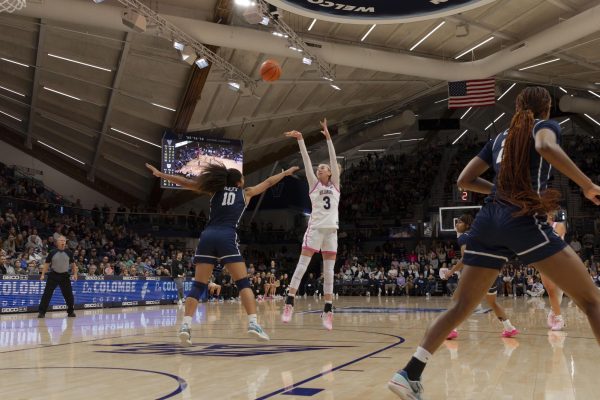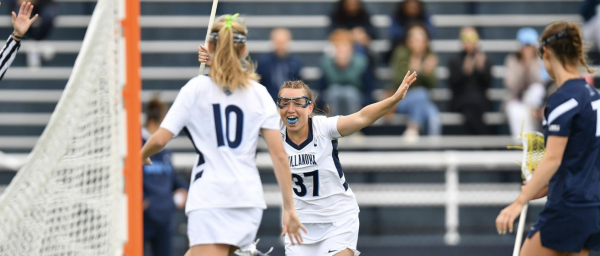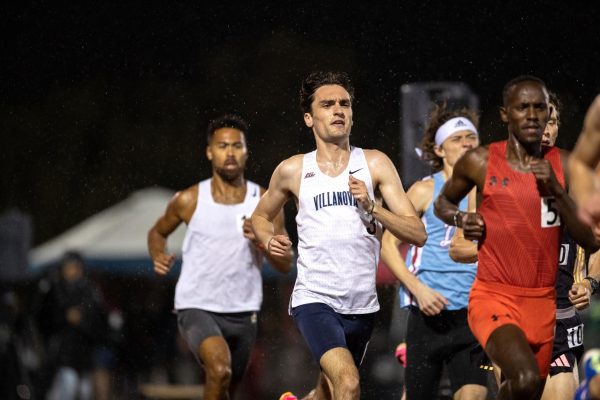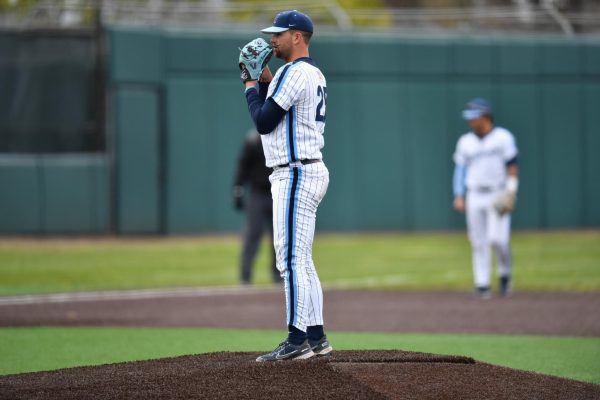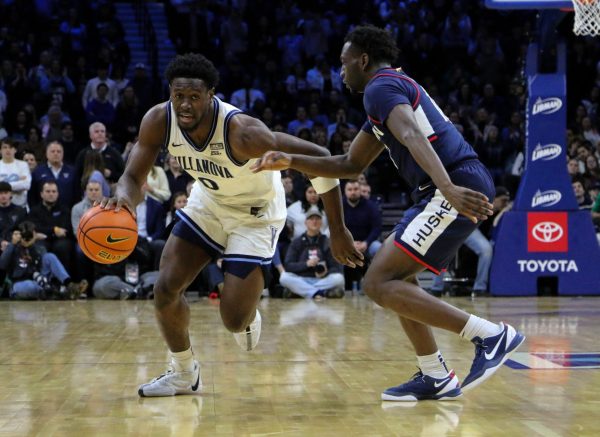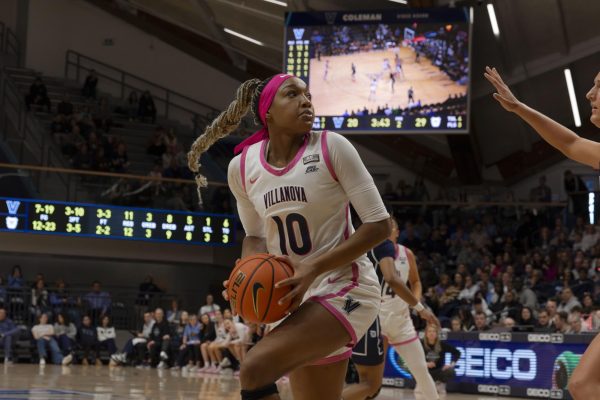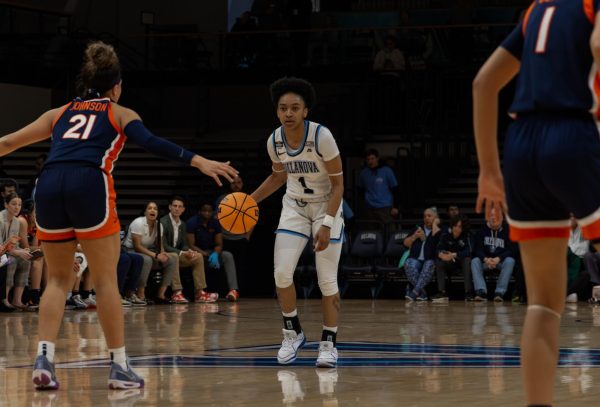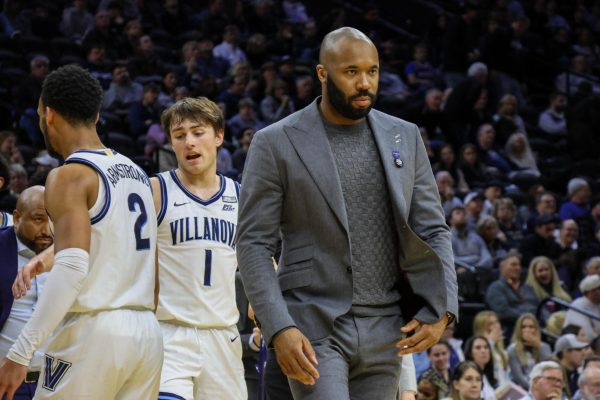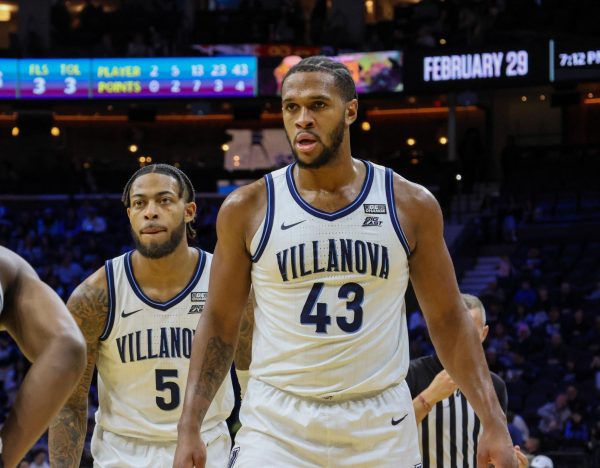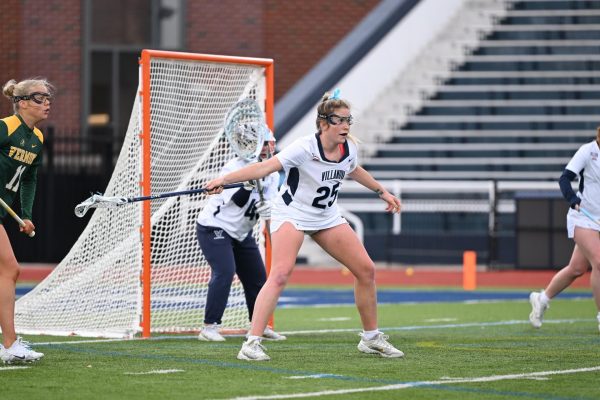Remainder of Villanova Athletics Returns to Play
Courtesy of Villanova Athletics
The Finneran Pavilion will host more than just basketball this semester.
February 3, 2021
Staff, faculty and students of Villanova University have returned to campus from across the country and from around the world to begin the second semester of the 2020-2021 academic year. As per tradition, the student athletes and their coaches returned to campus prior to the start of classes to begin training for the upcoming seasons. This year’s early return looked very different for the student athletes because of the COVID-19 pandemic. Many changes were made this year in order to protect the Villanova community from the pandemic.
The first change is that student athletes only returned to campus a week before classes began. In previous years, student athletes would have arrived right after the start of the new year. Another significant difference was the number of student-athletes arriving early. Previously, only athletes playing in spring and winter sports would return to campus before the start of the spring semester.
This year, however, due to the postponement of the fall competition season, all 24 of Villanova’s sports teams returned to campus early. Having 24 teams on campus early, training at the highest level and preparing to travel and compete in one season is an unprecedented reality. The threat of COVID-19 is ever present and could easily turn this prospect into a logistical nightmare. To mitigate any possible complications, various sectors of the community have come together to design a ”return to play COVID protocol” to help keep Villanova’s athletes, students, staff and faculty safe.
This protocol has been in effect since sports went back to training in the fall and has been modified to prepare our teams for competition. In the fall, most teams were instructed to practice in ‘pods.’ These were small groups of athletes who were allowed to interact with each other. This meant that athletes could only practice at certain times and with certain people. This was one way to ensure social distancing and to avoid crowding. It also allowed for easy contract tracing in the event of a positive COVID test.
Another method used in the fall to stop the spread of COVID was to terminate the use of locker rooms. This kept student athletes out of closed spaces and meant that fewer shared surfaces were being used. Additionally, some teams had their weightlifting sessions moved from inside the weight rooms to outside in tents. Where possible, athletes were required to wear masks during their practices and to social distance.
These methods were mostly successful in stopping the spread of COVID-19 among the athletes and were practical to implement when teams were not competing and weather was slightly warmer. Currently, however, temperatures have dropped and athletes are expected to compete against other teams as a team. This means training in pods, not having access to locker rooms and lifting weights outside are no longer practical.
The solution to this problem is testing two, sometimes three times a week for all student athletes, coaches and trainers. This system, along with mask wearing and social distancing when possible, has been piloted by the basketball teams when they returned to play, and it has proven to be a mostly effective way of detecting cases early and stopping the spread of the virus. Various conferences which Villanova competes in, such as the MAAC and the Big East, have their own testing requirements for athletes heading into competition which Villanova athletes will be complying with.
Finally, there is the matter of games. While athletes are ecstatic to be back in competition, it is with regret that there will be no spectator attendance at competitions. Villanova athletics recently released a statement restating that basketball games will not be allowing any spectators and that this regulation will apply to all sports.

